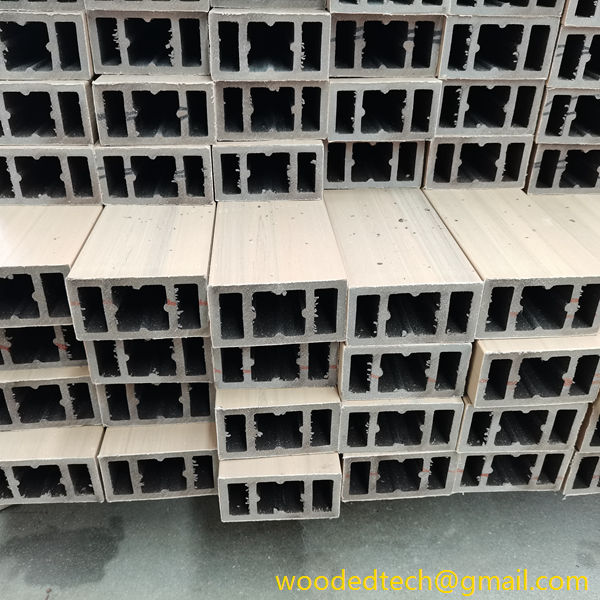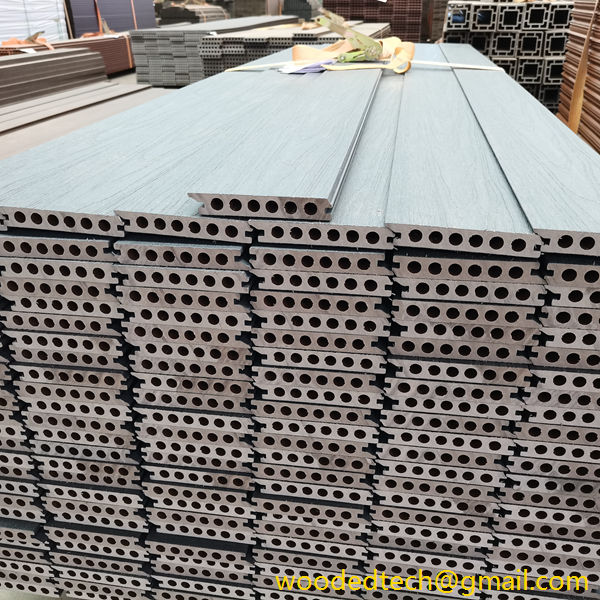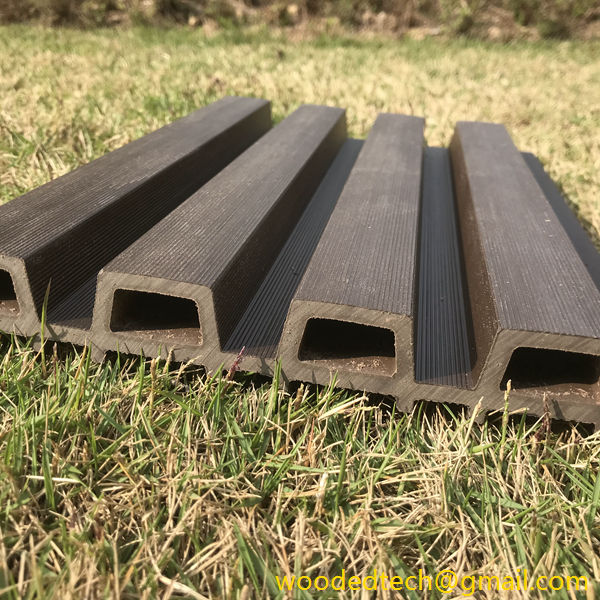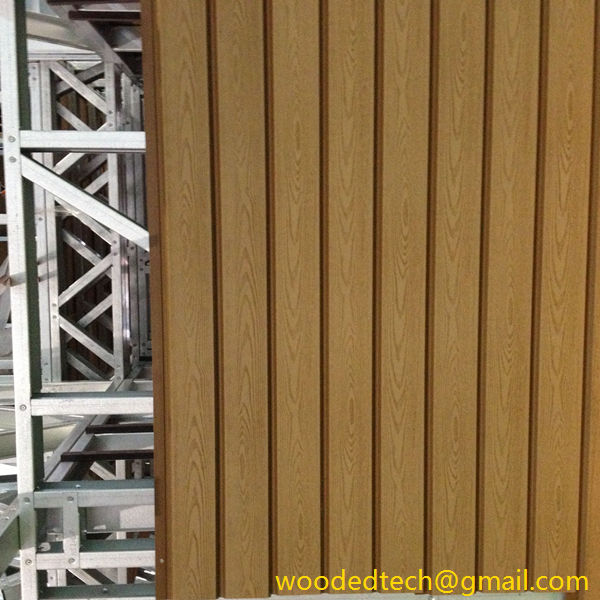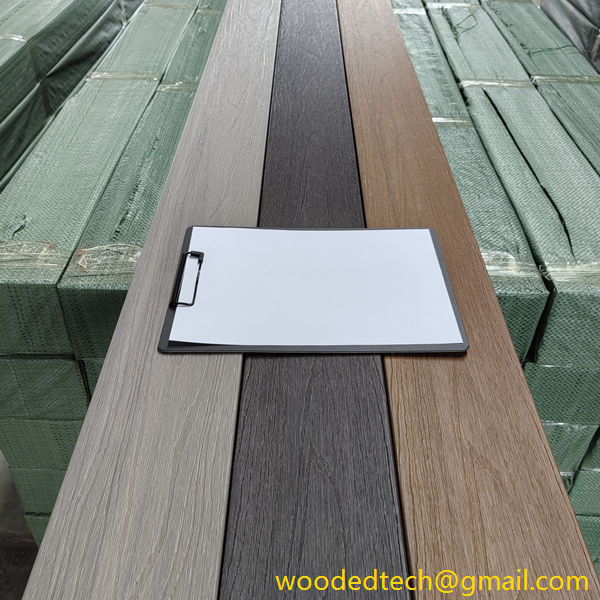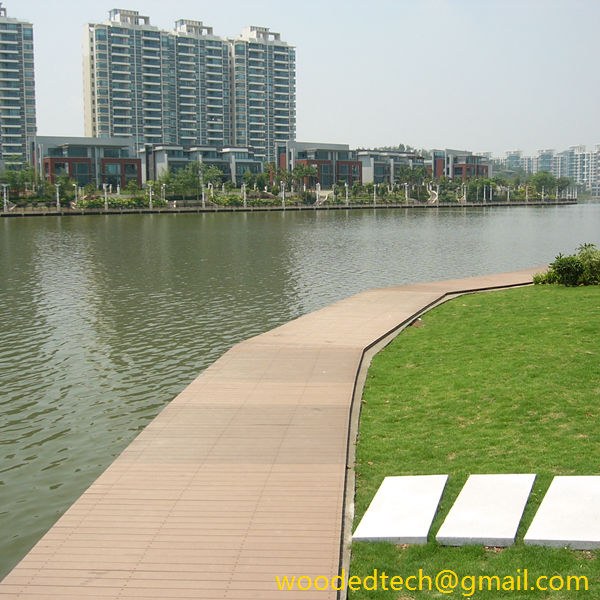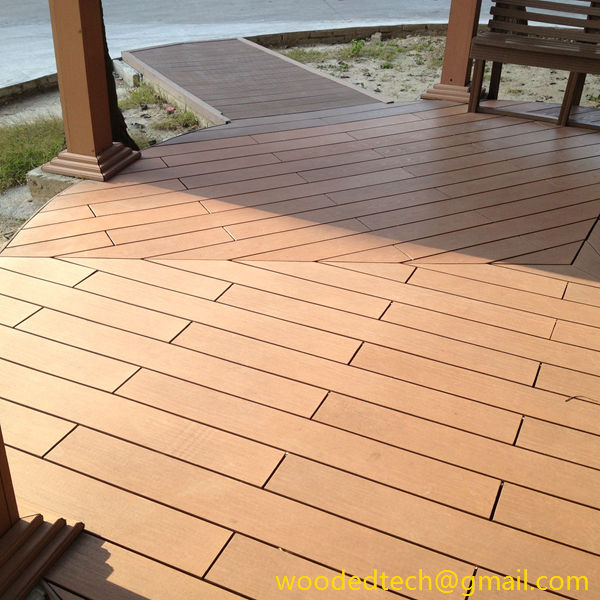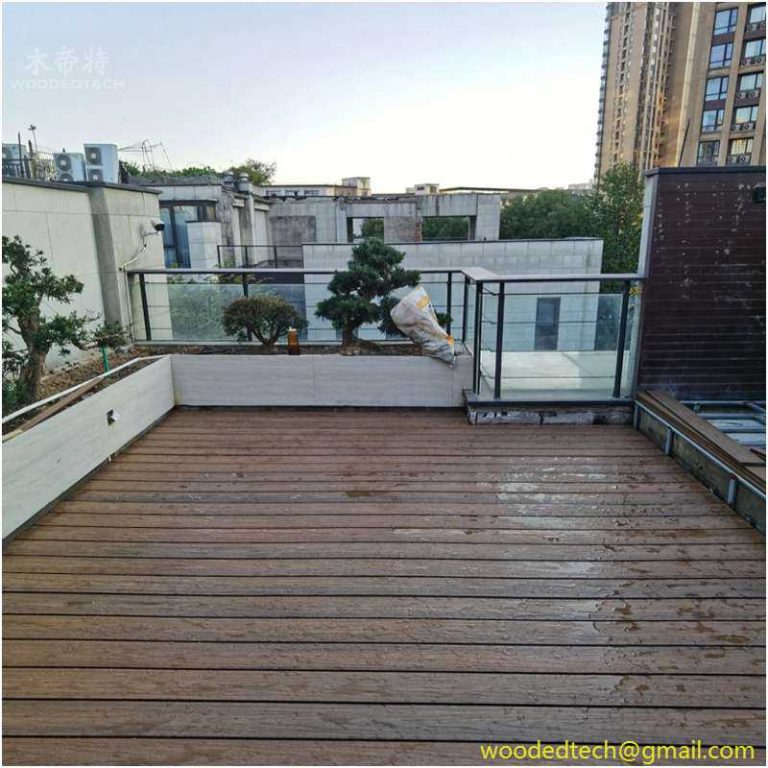İnşaat Projeleri için WPC Panel Çalışmasını Anlamak
İnşaat Projeleri için WPC Panel Çalışmasını Anlamak Modern inşaat alanında, yenilikçi malzemelerin kullanımı hem estetik hem de işlevsel talepleri karşılamak için giderek daha önemli hale gelmiştir. Son yıllarda önemli ölçüde ilgi gören bu malzemelerden biri de Ahşap-Plastik Kompozit (WPC) panellerdir. Ahşap lifleri ve plastiği bir araya getiren bu mühendislik malzemeleri...
İnşaat Projeleri için WPC Panel Çalışmasını Anlamak
In the realm of modern construction, the utilization of innovative materials has become increasingly important to meet both aesthetic and functional demands. One such material that has gained considerable traction in recent years is Wood-Plastic Composite (WPC) panels. These engineered materials, combining wood fibers and plastic, have emerged as a versatile solution for a multitude of construction applications, ranging from wall cladding to decking and even furniture. This article delves into the intricacies of WPC panel work, exploring its benefits, applications, and the processes involved in its implementation within construction projects.
WPC panels are celebrated for their unique composition, which combines the natural beauty of wood with the durability of synthetic materials. This fusion results in a product that is not only aesthetically pleasing but also resistant to common issues that plague traditional wood products, such as rot, decay, and insect infestation. By leveraging the properties of both wood and plastic, WPC panels offer a compelling alternative for builders and architects looking to enhance the performance and longevity of their projects.
One of the most significant advantages of WPC panels is their sustainability. As environmental concerns continue to shape the construction industry, WPC materials present a more eco-friendly option compared to conventional materials. Many manufacturers source their wood fibers from recycled or sustainably managed forests, while the plastic content often includes recycled materials as well. This commitment to sustainability not only reduces the environmental footprint of construction projects but also appeals to an increasingly eco-conscious consumer base.
The versatility of WPC panels is another key attribute that makes them a favored choice in construction. They can be used in a wide variety of applications, including exterior cladding, decking, fencing, and interior wall finishes. Their adaptability is particularly beneficial for architects and designers who seek to create cohesive spaces that reflect contemporary design trends. Moreover, WPC panels can be easily customized in terms of color, texture, and finish, allowing for a high degree of creativity and personalization in design.
When it comes to installation, WPC panels offer significant advantages over traditional materials. The lightweight nature of WPC panels simplifies the handling and transportation process, reducing labor costs and installation time. Additionally, many WPC products feature interlocking systems or tongue-and-groove designs, which facilitate quick and easy assembly. This ease of installation not only accelerates project timelines but also minimizes waste, as the precision of WPC panels allows for more efficient cutting and fitting.
Another important aspect of WPC panel work in construction is maintenance. Traditional wood materials often require regular upkeep, including staining, sealing, and repainting, to maintain their appearance and functionality. In contrast, WPC panels are designed to be low-maintenance, requiring only occasional cleaning with soap and water to keep them looking their best. This characteristic not only saves time and resources for property owners but also contributes to the overall cost-effectiveness of using WPC panels in construction projects.
However, it is essential to acknowledge that while WPC panels offer numerous benefits, they are not without their limitations. One of the primary concerns is their thermal expansion and contraction properties. Due to the combination of wood and plastic, WPC panels can expand and shrink with changes in temperature and humidity. As a result, proper installation techniques and adequate spacing are crucial to mitigate potential issues related to warping or buckling. Understanding the material’s behavior under varying environmental conditions is essential for ensuring the long-term performance and durability of WPC panels.
Moreover, while WPC panels are resistant to many of the challenges faced by traditional wood, they are not entirely immune to damage. For instance, sharp objects or heavy impacts can still compromise the surface of WPC panels, leading to scratches or dents. Therefore, project managers and designers must consider the specific applications of WPC panels and choose appropriate products that align with the intended use and level of exposure to wear and tear.
In terms of aesthetic appeal, WPC panels can mimic the look of natural wood while providing the added benefits of durability and low maintenance. This characteristic makes them an attractive option for both residential and commercial projects. The ability to achieve a natural wood appearance without the associated drawbacks has made WPC panels a popular choice for architects looking to create inviting and stylish spaces.
In conclusion, WPC panel work represents a significant advancement in construction materials, offering an array of benefits that cater to modern design and sustainability demands. Their unique composition provides a balance of beauty and durability, while their versatility allows for a wide range of applications. As the construction industry continues to evolve, the adoption of WPC panels is likely to grow, driven by their eco-friendly attributes, ease of installation, and low maintenance requirements. For construction professionals and property owners alike, understanding the intricacies of WPC panel work is essential for harnessing the full potential of this innovative material in their projects. By considering both the advantages and limitations of WPC panels, stakeholders can make informed decisions that contribute to the success and sustainability of their construction endeavors.

